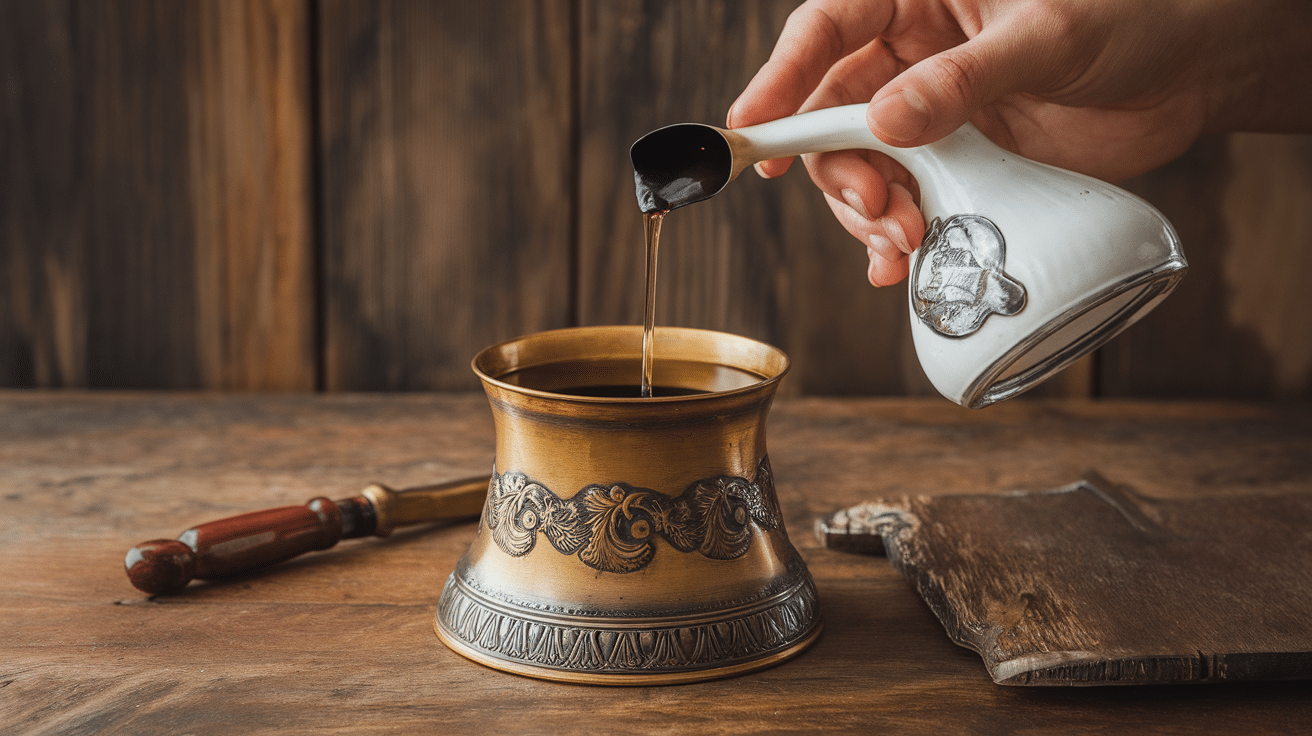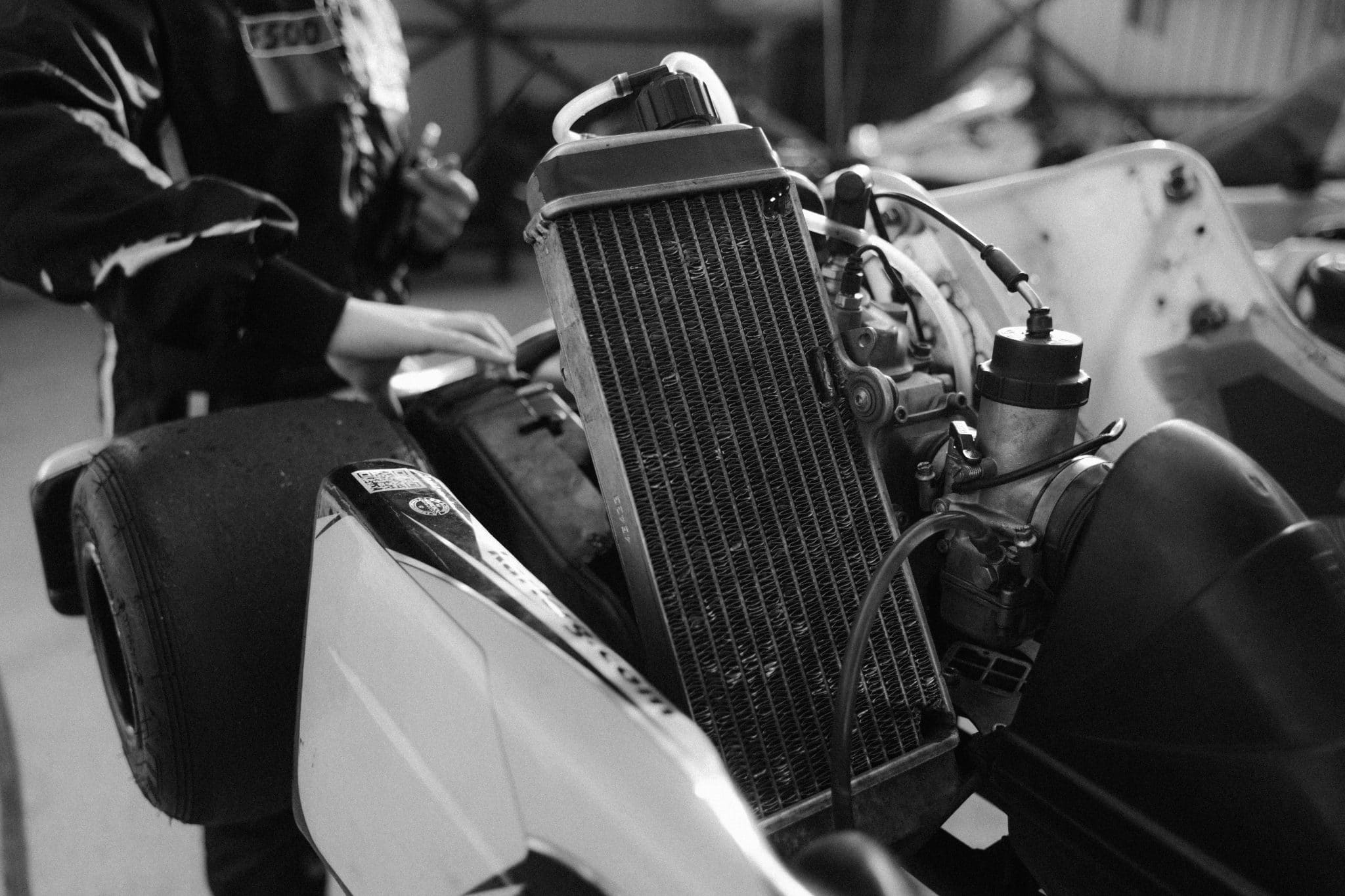Ever purchased beautiful brass components only to find them too shiny for your taste? The rich, aged patina that brass develops naturally takes months—even years—to appear.
This waiting game frustrates many enthusiasts, sometimes leading to returned products and disappointed customers. Thankfully, a remarkable solution exists.
Using ordinary household items, you can change gleaming brass into gorgeously aged pieces in hours instead of months. This time-tested technique perfectly mimics the natural aging process without requiring special tools or expensive materials.
Professional furniture restorers have relied on this method for decades to match new brass hardware with antique pieces.
Now, you can harness this simple yet effective approach to create custom-aged brass that looks authentically vintage from day one—all for mere pennies and a few hours of your time.
Why Age Your Brass?
Beyond just artistic reasons, there are several compelling reasons to consider aging your brass pieces:
Historical Accuracy: When restoring antique furniture or vintage motorcycles, shiny new brass hardware can look jarringly out of place. This technique helps new components blend seamlessly with original, aged pieces.
Visual Warmth: Aged brass has a depth and character that bright brass can’t match. The subtle variations in color create visual interest and a sense of timelessness that enhances both traditional and modern decor.
Reduced Maintenance: Fresh polished brass requires frequent cleaning to maintain its shine, while properly antiqued and sealed brass needs minimal upkeep, saving you time and effort in the long run.
Personal Expression: By controlling the aging process, you can create a signature look that reflects your style—whether that’s a light golden patina or a deep, dramatic antiquing.
Best of all, this technique respects the material itself. Unlike paint or artificial coatings, this method works with brass’s natural properties to create an authentic patina that will continue to develop character over time.
Step-by-Step Guide to Antiquing Brass
Tools and Materials Needed
| Item | Details/Notes |
|---|---|
| Plastic container with lid | Large enough to fit brass part without touching sides |
| White vinegar | Ordinary household (food-grade, any brand) |
| Platform for elevation | e.g., upside-down takeaway container |
| Soft cloth or tissues | For drying after treatment |
| Optional: Metal polish | e.g., Meguiar’s, for contrast on selected areas |
| Optional: Carnauba wax | Seal the finished patina |
| Panel wipe / naphtha-based cleaner/alcohol | To clean the part before treatment |
| Access to running water | For rinsing brass after treatment |
Step 1: Decide on Your Desired Finish
Choose between a uniform, aged look or a more natural, uneven patina that mimics years of handling.
For realistic aging, consider polishing only certain areas (like tops or frequently touched surfaces) while leaving others untreated, creating natural-looking variation in the final patina.
Step 2: Prepare Your Brass Part
Clean your brass thoroughly to remove oils, fingerprints, and protective coatings. Polish specific sections if you want them to patinate differently for that authentic, worn look.
Polished areas will react more slowly with the vinegar, creating a natural-looking contrast as polishing closes the metal’s pores.
Step 3: Clean After Polishing
Wipe the entire piece with pre-paint panel wipe or alcohol to remove residual polish or oils. Rinse under hot water and dry completely.
This crucial cleaning step ensures consistent results, as remaining polish or oils will interfere with the vinegar reaction.
Step 4: Set Up Your Antiquing Container
Place a platform (like an upside-down takeaway container) inside your plastic container.
Position your brass part on this platform so it stays elevated above the vinegar level and doesn’t touch the liquid directly. Ensure enough clearance between the part and the container lid.
Step 5: Add the Vinegar
Pour white vinegar into the container, using enough to create adequate fumes without touching the brass (approximately half a liter for medium containers).
Avoid splashing vinegar directly onto your brass, as this causes uneven results. The acetic acid vapors do the work, not the liquid.
Step 6: Seal and Wait
Close the lid tightly to trap the vinegar fumes inside. Store the sealed container at room temperature away from direct heat.
The evaporating acetic acid reacts with the brass surface, creating the patina. The process works best at normal room temperature.
Step 7: Monitor the Process
Check your brass periodically to observe the patination progress. The process typically takes 2-8 hours depending on your brass piece, polish level, and fume concentration. Unpolished parts will react more quickly. Add more vinegar if the reaction seems uneven.
Step 8: Remove and Rinse
Once you’ve achieved your desired patina, remove the brass from the container. It will feel sticky and may have a greenish discoloration—this is normal. Immediately rinse thoroughly under cold water to stop the reaction and remove all vinegar residue.
Step 9: Dry and Protect
Dry your brass completely using a soft cloth. Apply a thin coat of pure carnauba wax (without abrasives) to protect the finish while still allowing some natural aging.
Your brass is now ready to be installed with its beautiful aged appearance.
Video Tutorial
Check out this YouTube video for a detailed step-by-step Tutorial by Stuart Fillingham.
Maintenance and Care for Antiqued Brass
1. Protecting Your Patina
Apply a thin coat of pure carnauba wax after antiquing to create a protective barrier without affecting appearance.
Reapply occasionally, especially on items exposed to elements or frequent handling. This protection is crucial for outdoor brass or motorcycle parts facing environmental factors.
2. Handling with Care
When cleaning your antiqued brass, avoid metal tools, abrasive cloths, or scouring pads. For regular maintenance, use only soft microfiber or cotton cloths.
Consider wearing cotton gloves when handling decorative items. Hand oils gradually wear away the patina in areas of frequent contact.
3. Cleaning Antiqued Brass
For stubborn dirt, clean gently with a soft cloth or slightly damp cloth. Never use commercial brass cleaners or polishes containing abrasives.
For noticeably dirty items, use only mild soap and water with minimal pressure, then dry thoroughly immediately to prevent water spots.
4. Environmental Considerations
Keep antiqued brass away from high humidity areas and environments with high salt content or chemical exposure.
For motorcycle parts or outdoor applications, be mindful that road salt and chemicals affect the patina. Increase wax application frequency for items in harsh environments.
5. Reversibility and Touch-Ups
This method is fully reversible—simply polish for 20-30 minutes to restore the original shine. For uneven wear, touch up specific areas using the vinegar process on just those sections.
Selectively retreat areas that lose patina through wear by applying vinegar fumes directly to those spots.
Things to Avoid When Antiquing Brass
When antiquing brass, avoid direct contact with vinegar liquid as this causes an uneven, splotchy patina; instead, use only the fumes by keeping the brass elevated.
Work at normal room temperature rather than applying excessive heat, which causes too rapid or uneven reactions. Always clean thoroughly with alcohol or panel wipe before treatment, as oils and residues prevent even patination
. Never allow metal-on-metal contact during the process, which can scratch and damage the forming patina; use only plastic or other non-abrasive materials for platforms. Never skip the final rinse, as ongoing reaction can damage brass over time.
Avoid using abrasive polishes after antiquing, as these remove the carefully created patina; use only pure carnauba wax for protection.
Handle with gloves or clean tools rather than bare hands during the process, as oils from skin affect patination. Don’t rush the process—allow adequate time (2-8 hours) for proper development to avoid uneven results and poor coverage.
After treatment, never clean with acidic or ammonia cleaners, which damage the patina; use only mild soap and water. Finally, ensure the brass is completely dry before applying wax, as sealing without thorough drying traps moisture and causes corrosion.
Conclusion
This remarkable aging technique converts gleaming brass into treasured heirlooms. Simple kitchen vinegar creates a genuine patina that would otherwise take years to develop naturally.
You have complete creative control—from subtle aging to dramatic antiquing—while maintaining the option to reverse your work if desired.
Whether customizing vehicle components, improving home decor, or crafting unique jewelry pieces, you now possess the secret to professional-quality brass aging.
Say goodbye to months of waiting for that perfect patina—your incredible aged brass creations are just hours away, ready to tell their own unique stories from day one.
Frequently Asked Questions
1. What Do Antique Dealers Use to Clean Brass?
Antique dealers often use vinegar, lemon juice, or mild metal polish to clean brass gently.
2. What Will Turn Brass Dark?
Vinegar fumes or ammonia can turn brass dark by accelerating oxidation.
3. How To Make Brass Look Like Gold?
Polish it with brass cleaner to restore a bright, golden shine.

















